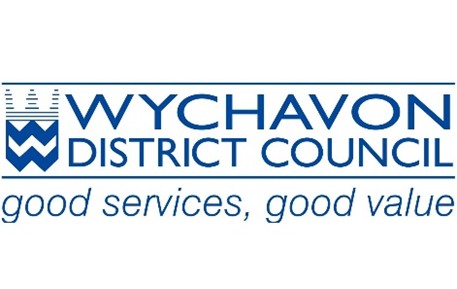Managing Returnable Assets, Trays & Pallets
In modern supply chain management, the effective handling of returnable assets such as trays and pallets has emerged as a key focal point. These seemingly simple objects play a vital role in logistics, storage, and transportation.
However, they can easily become a significant cost centre if not managed properly. This article delves into the intricacies of managing returnable assets like trays and pallets to optimise costs and efficiency.
The Importance of Managing Returnable Assets
Sustainability
One of the most compelling reasons to efficiently manage returnable assets is sustainability. Unlike single-use alternatives, trays and pallets can be cleaned and reused multiple times, reducing the need for new materials and cutting down on waste.
Cost-Efficiency
While the initial outlay for high-quality trays and pallets can be substantial, their lifetime value can be maximised through effective management, reducing long-term costs. Furthermore, the use of these assets can lower the expenses related to waste management and disposal.
Operational Efficiency
Well-organised returnable assets can speed up the loading and unloading process, decrease labour costs, and minimise errors, thereby increasing overall operational efficiency.
Tracking & Identification
Barcoding and RFID
Utilising barcodes or RFID tags helps in real-time tracking of trays and pallets. This technology ensures that assets are correctly identified and accounted for throughout the supply chain, from warehouse to customer and back again.
GPS Technology
For high-value assets or long transit times, GPS technology can provide granular, real-time tracking data to provide a complete picture of asset location and status.
Maintenance and Quality Control
Regular Inspections
To ensure that the trays and pallets remain in optimal condition, they should be regularly inspected for wear and tear. Damaged assets can not only incur repair or replacement costs but also can harm the goods they carry.
Cleaning Protocols
Adhering to a stringent cleaning regimen ensures that the trays and pallets are ready for reuse. Depending on the industry, specific sanitisation measures may be required.
Asset Pooling
Benefits
Asset pooling involves the shared use of trays and pallets among various stakeholders in the supply chain. This model can significantly reduce costs by optimising the usage of each asset.
Challenges
The main challenge here is to manage the quality and availability of pooled assets. A centralised management system can help mitigate these issues.
Cost Implications
Initial Purchase
As mentioned earlier, the initial purchase of high-quality returnable assets can be a significant expense. However, their cost should be considered as an investment in long-term efficiency and sustainability.
Maintenance Costs
Though minimal, the costs of maintaining and repairing trays and pallets should be factored into the total cost of ownership.
Why Advanced Management Systems are Necessary
Implementing a state-of-the-art asset management system can make tracking and maintaining returnable assets like trays and pallets a seamless process. These systems can integrate with existing ERP or supply chain software, allowing for real-time data analysis and decision-making.
Several companies have successfully implemented returnable asset management systems, reporting reduced costs, improved operational efficiency, and lower carbon footprints as a result.
Managing returnable assets like trays and pallets is an integral part of modern supply chain management. By investing in advanced tracking technologies, implementing effective maintenance protocols, and considering innovative strategies like asset pooling, companies can derive maximum value from these crucial resources.
If you’re looking to make your supply chain more sustainable and cost-effective, now is the time to invest in a comprehensive asset management system. Taking control of your returnable assets is not just good for the environment; it’s good for your bottom line. Make the smart choice today.
Want to learn more?



